Comments / Questions (11)
![]() Malin wrote:
Malin wrote:
Hur jag än räknar och gör om på varv 17 får jag det till 104 stolpar och på varv 18 blir det då 219 stolpar. Vad gör jag för fel? 26 luftmaskbågar med en uppdelning på 4 st kommer bli 104. Eller?
13.10.2025 - 11:49DROPS Design answered:
Hej Malin. Har du sett videon Hur man virkar den runda julduken i DROPS Extra 0-993? Mvh DROPS Design
14.10.2025 - 07:56
![]() Afra Grent wrote:
Afra Grent wrote:
Als het haakwerk gaat omkrullen moet je dan een dikkere haaknaald gebruiken ?
28.01.2021 - 17:02DROPS Design answered:
Dag Afra Grent,
Als het haakwerk om gaat krullen, dus als er a.h.w. een kommetje ontstaat in plaats van een platte cirkel, betekent dat dat de stekenverhouding (breedte/hoogte) niet overeenkomt met die van het patroon. Je moet in dat geval zorgen dat je meer herhalingen van het patroon in de rondte maakt. Als het werk gaat golven als het plat ligt, moet je juist minder herhalingen van het patroon in de rondte maken.
29.01.2021 - 12:55
![]() Laurie wrote:
Laurie wrote:
Hello, why does pattern A1 end with round 8 and then pattern A2 begins with round 14? From the picture it looks like A1 (the smaller one) has at least 12 or 13 rounds. Thank you.
15.09.2020 - 20:11DROPS Design answered:
Dear Laurie, the diagrams A.1 and A.2 are showing only one part of the pattern = the lace part with the fans. Work A.1 and A.2 either as shown in diagram or as explained at the beginning of the pattern. Happy crocheting!
16.09.2020 - 08:37
![]() Theresia. wrote:
Theresia. wrote:
Wel ervoor zorgen dat het aantal lossen na toer (17) deelbaar blijft door 6. die verandering doe je bij toer (16.)de boogjes met 6 lossen pas je aan. Dan weet je bij toer 18 hoeveel stokjes er moeten komen in de meerder toeren. (216-12):12=17.dus 1 meerdering+16stokjes ik hoop dat het duidelijk is
13.07.2016 - 12:45
![]() Theresia wrote:
Theresia wrote:
Ik maak dit met garen10 en haaknaald 1.50 Het patroon is duidelijk,maar ik wil het met eenøvan 1 meter maken,moet ik het patroon dan steeds herhalen vanaf toer 9
10.07.2016 - 16:00DROPS Design answered:
Hoi Theresia. Ja, dat zou ik doen denk ik - en dan steeds meerderen op dezelfde manier als in toer 9-10.
11.07.2016 - 13:48
![]() Elsa Rein wrote:
Elsa Rein wrote:
I would like to make a round. Tablecloth for my 90 years old mother. I Can knit but have never crochet. The table is 30 " in diameter. Can you please tell me what would be an easy way to do it?
08.09.2015 - 21:19DROPS Design answered:
Dear Mrs Rein, you will find crochet lessons to start crochet, and videos related to the pattern under tab "videos" at the right side of the picture. For any personnal help & assistance, we recommand you to contact your DROPS store they will help you even per mail or telephone. Happy crocheting!
09.09.2015 - 10:05
![]() Pilar Marin Gonzalez wrote:
Pilar Marin Gonzalez wrote:
Envie pregunta que no entendia el patron,ahora lo he visto claro,lo siento Pero para mantel pequeño donde esta la vuelta 8? Gracias
18.02.2015 - 23:57DROPS Design answered:
Hola Pilar, gracias por escribir. Parece que al publicar el patrón la vta 8 quedó sin añadirse. La añado ahora mismo y lamento las molestias.
23.02.2015 - 15:19
![]() Pilar Marin Gonzalez wrote:
Pilar Marin Gonzalez wrote:
Saludos!!! Me encanta este patron y me encantaria tejerlo,pero no entiendo las explicaciones,si quiero tejer el modelo pequeño,cuantas vueltas son? No entiendo sus explicaciones,me podrian ayudar por favor? Gracias
18.02.2015 - 23:48
![]() Pilar Buldain Perez wrote:
Pilar Buldain Perez wrote:
Serían tan amables de indicarme la vuelta n 8 por favor. Gracias
12.02.2015 - 12:22
![]() Kat wrote:
Kat wrote:
I didn't get it done this year but will make it in 2014 for sure. I made the Christmas tree rug/skirt pattern which looks similar to this, and that turned out beautifully, so I am sure this one will, too. Thank you, Drops, for another great crochet pattern. Happy New Year !
28.12.2013 - 16:59
Christmas Morning |
||||||||||||||||
|
|
||||||||||||||||
DROPS Christmas: Crochet DROPS round tablecloth in 1 strand ”Cotton Viscose” and 1 strand ”Glitter”
DROPS Extra 0-993 |
||||||||||||||||
|
CROCHET INFO: On every dc round replace first dc with 3 ch. Finish round with 1 sl st in 3rd ch from beg of round (see separate explanation on round with PATTERN A.1 and A.2). PATTERN A.1 (divisible by 4 sts): Pattern consists of 4 rounds and diagram A.1 shows 5th and 6th round in pattern. Work as follows: ROUND 5: ch 4 (= 1 dc + 1 ch), skip 1 dc, in next dc work 1 dc + ch 7 + 1 dc, ch 1, skip 1 dc, 1 dc in next dc, then work pattern according to A.1 as follows: * ch 1, skip 1 dc, in next dc work 1 dc + 7 ch + 1 dc, ch 1, skip 1 dc **, 1 dc in next dc *, repeat from *-* the entire round but finish last repetition after **, then work 1 sl st in 3rd ch from beg of round. ROUND 6: Work according to diagram A.1 as follows: * Work 7 dc in next ch-space, work 1 sc in next dc *, repeat from *-* the entire round and finish with 1 sl st in first dc from beg of round = 12 dc-groups. ROUND 7: Work 1 sl st in each of the next 2 dc, ch 1, 1 sc in 4th dc in dc-group, * ch 7, 1 sc in 4th dc on next dc-group *, repeat from *-* 11 times in total, finish with 7 ch and 1 sl st in first sc from beg of round = 12 ch-spaces and 96 sts in total on round. ROUND 8: 3 ch (= 1 dc), * ch 1, skip 1 st, 1 dc in next st *, repeat from *-* the entire round and finish with 1 ch and 1 sl st in 3rd ch from beg of round = 48 dc and 1 ch between every dc (= 96 sts in total on round). PATTERN A.2 (divisible by 6 sts): Pattern consists of 4 rounds and diagram A.2 shows 14th and 15th round in pattern. Work as follows: ROUND 14: ch 4 (= 1 dc + 1 ch), skip 2 dc, in next dc work 1 dc + 7 ch + 1 dc, ch 1, skip 2 dc, 1 dc in next dc, then work pattern according to A.2 as follows: * ch 1, skip 2 dc, in next dc work 1 dc + ch 7 + 1 dc, ch 1, skip 2 dc **, 1 dc in next dc *, repeat from *-* the entire round but finish last repetition after **, then work 1 sl st in 3rd ch from beg of round. ROUND 15: Work according to diagram A.2 as follows: * Work 7 dc in next ch-space, work 1 sc in next dc *, repeat from *-* the entire round and finish with 1 sl st in first dc from beg of round = 26 dc-groups. ROUND 16: Work 1 sl st in each of the next 2 dc, ch 1, 1 sc in 4th dc on next dc-group, * ch 7, 1 sc in 4th dc on next dc-group, ch 7, 1 sc in 4th dc on next dc-group, ch 6, 1 sc in 4th dc on next dc-group, ch 7, 1 sc in 4th dc on next dc-group, ch 7, 1 sc in 4th dc on next dc-group, ch 7, 1 sc in 4th dc on next dc-group *, repeat from *-* 4 times in total, ch 7, 1 sc in 4th dc on next dc-group, ch 7 and 1 sl st in first sc from beg of round = 26 ch-spaces and 204 sts in total on round. ROUND 17: ch 3 (= 1 dc), * ch 1, skip 1 st, 1 dc in next st *, repeat from *-* the entire round and finish with 1 ch and 1 sl st in 3rd ch from beg of round = 102 dc and 1 ch between every dc (= 204 sts in total on round). -------------------------------------------------------- SMALL AND LARGE TABLECLOTH: Ch 4 on hook size 3.5 mm with 1 strand Cotton Viscose and 1 strand Glitter (= 2 strands) and form a ring with 1 sl st in first ch. ROUND 1: Read CROCHET INFO! Work 12 dc in ch-ring. ROUND 2: Work 2 dc in every dc = 24 dc. ROUND 3: * 2 dc in first dc, 1 dc in next dc *, repeat from *-* the entire round = 36 dc. ROUND 4: * 2 dc in first dc, 1 dc in each of the next 2 dc *, repeat from *-* the entire round = 48 dc. ROUND 5-8: Work PATTERN A.1 – see explanation above. ROUND 9: Remember CROCHET INFO! Work * 2 dc in first st, 1 dc in each of the next 7 sts *, repeat from *-* the entire round = 108 dc. ROUND 10: * 2 dc in first st, 1 dc in each of the next 8 sts *, repeat from *-* the entire round = 120 dc. ROUND 11-13: Continue inc as on round 9 and 10 (i.e. on every round work 1 dc more between every time 2 dc are worked in same st = 12 sts inc per round). After 13th round there are 156 dc on round. ROUND 14-17: Work PATTERN A.2 – see explanation above but finish SMALL TABLECLOTH after 15th round. ROUND 18: * 2 dc in first st, 1 dc in each of the next 16 sts *, repeat from *-* the entire round = 216 dc. ROUND 19-28: Continue inc as on round 18, i.e. on every round work 1 dc more between every time 2 dc are worked in same st = 12 sts inc per round. After 28th round there are 336 dc on round. ROUND 29-30: Work pattern according to diagram A.2 (= 2 rounds). Fasten off. |
||||||||||||||||
Diagram explanations |
||||||||||||||||
|
||||||||||||||||
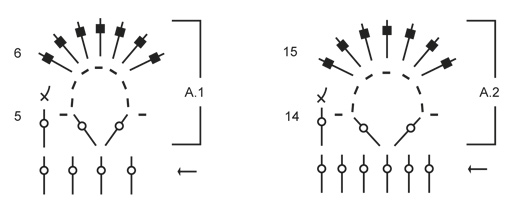 |
||||||||||||||||
Have you finished this pattern?Tag your pictures with #dropspattern or submit them to the #dropsfan gallery. Do you need help with this pattern?You'll find 6 tutorial videos, a Comments/Questions area and more by visiting the pattern on garnstudio.com. © 1982-2025 DROPS Design A/S. We reserve all rights. This document, including all its sub-sections, has copyrights. Read more about what you can do with our patterns at the bottom of each pattern on our site. |
||||||||||||||||







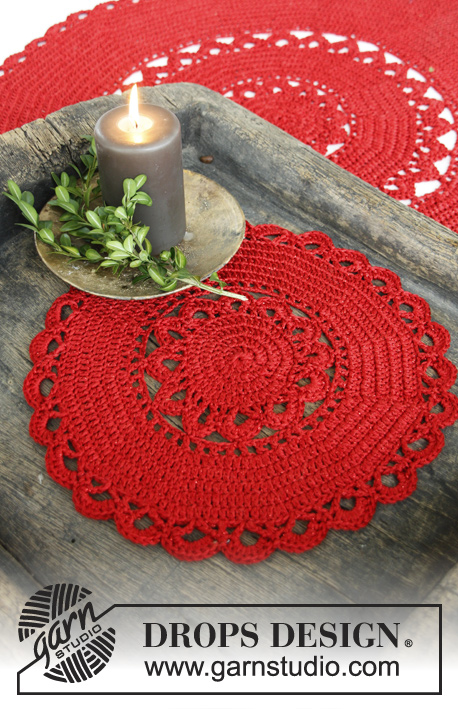
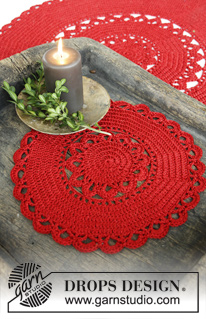

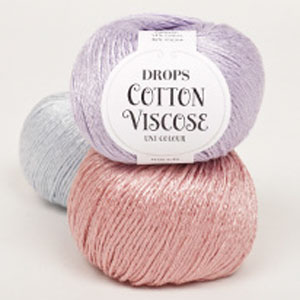


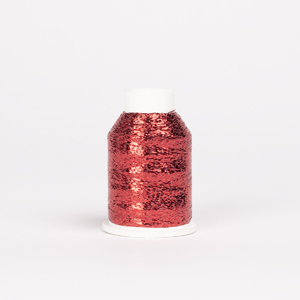



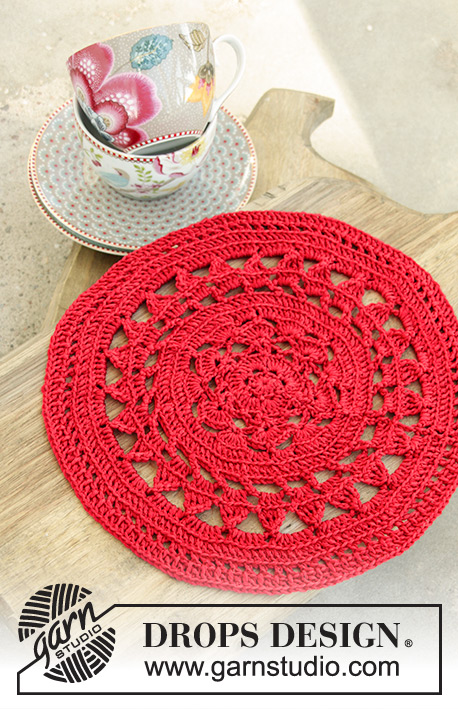
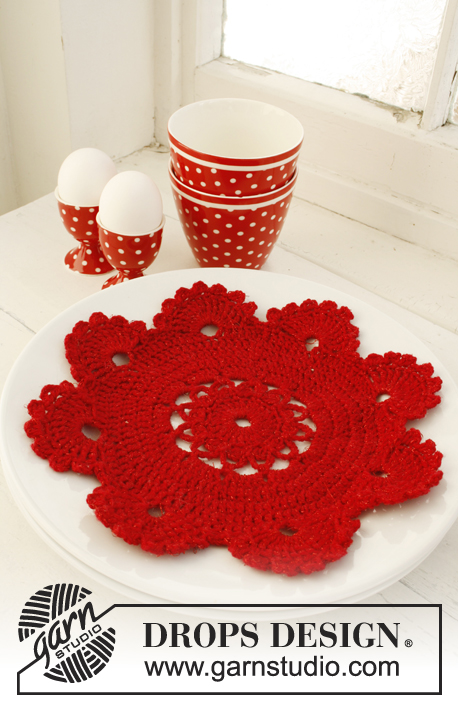




















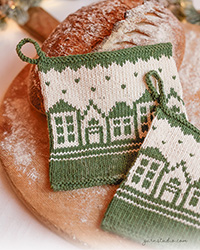
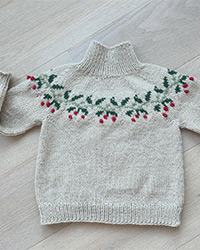
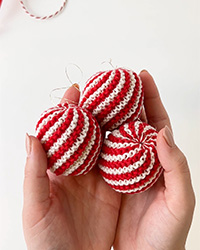
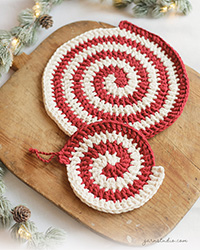
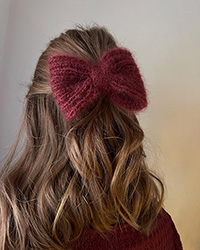

Post a comment to pattern DROPS Extra 0-993
We would love to hear what you have to say about this pattern!
If you want to leave a question, please make sure you select the correct category in the form below, to speed up the answering process. Required fields are marked *.